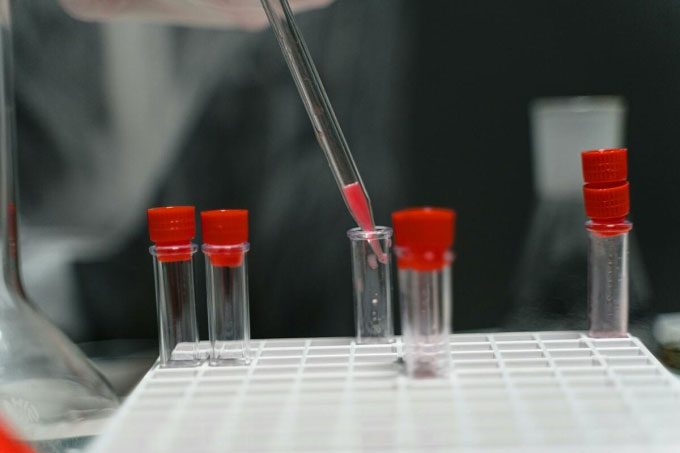The Queensland Health Department in Australia has confirmed that 323 dangerous virus vials were lost at a laboratory three years ago, and their current whereabouts remain unclear.
On December 11, Queensland Health Minister Tim Nicholls announced that 323 vials containing live viruses were lost in 2021. Among these, there are nearly 100 vials of Hendra virus, two vials of Hantavirus, and 223 vials of Lyssavirus, all of which are extremely dangerous to humans. Officials have referred to this incident as an “extremely serious biosafety breach.”
The missing virus samples were from the Queensland Health Public Health Virology Laboratory, but it wasn’t until August 2023 that investigators confirmed the incident. Officials believe the virus vials were lost due to a malfunction in the storage freezer.
“The transfer of virus samples is causing concern. They were moved to another freezer without proper documentation. The virus samples may have been removed from secure storage and are now lost,” stated Queensland’s Chief Health Officer, John Gerrard, during a press conference.
The three types of viruses that were leaked from the laboratory are all potentially lethal. The Hendra virus primarily infects horses but can also be transmitted to humans, with an estimated fatality rate of around 57%. The virus was first identified in 1994 following an outbreak in 21 racehorses and two people in the suburb of Hendra, Brisbane. According to the World Health Organization (WHO), the natural host of the virus is fruit bats, which transmit it to horses and humans.
The Hantavirus is a rodent-borne virus that spreads through their droppings, urine, and saliva. In humans, the virus causes Hantavirus Pulmonary Syndrome, leading to fever, chills, nausea, diarrhea, and pleural effusion. According to the U.S. Centers for Disease Control and Prevention (CDC), the mortality rate for this virus is 38% among all symptomatic cases.
Meanwhile, Lyssavirus is a form of rabies virus that can infect humans and other mammals. There is currently no cure for this disease, resulting in a nearly 100% fatality rate for infected individuals. It is estimated that around 59,000 people die from rabies worldwide each year.

Illustration of vials in a laboratory. (Photo: Pexel).
Queensland officials were only able to confirm the missing virus samples in November, as they had to wait a year (from late 2023 until now) before they were allowed to open the freezer where the viruses were stored. It is currently unclear where the virus vials are or whether they have been destroyed. However, there is no evidence to suggest that the public is at risk of infection from these vials.
“It is hard to imagine a scenario where the community could be at risk. It is important to note that virus samples would degrade very quickly outside of the freezer and would no longer be infectious. It is likely that the samples were destroyed through sterilization procedures typically used in laboratories and were not fully documented,” Mr. Gerrard remarked.
Mr. Gerrard added that it is unlikely the virus samples were disposed of with laboratory waste. Over the past five years, Queensland has reported no cases of Hendra, Lyssavirus, or Hantavirus infections.
Additionally, there is no evidence to suggest that the viruses were intentionally stolen for malicious purposes. While these viruses are dangerous, they have a low transmission rate, and thus cannot become biological weapons without genetic modification.
“The process of weaponizing a virus is very complex and not something an amateur could accomplish,” Mr. Gerrard stated.
The Queensland Health Department has authorized an independent agency to investigate the lost virus samples to ensure such an incident does not occur again. The investigation will be led by retired Supreme Court Judge Martin Daubney AM KC, with co-investigator biosafety expert Julian Druce.




















































